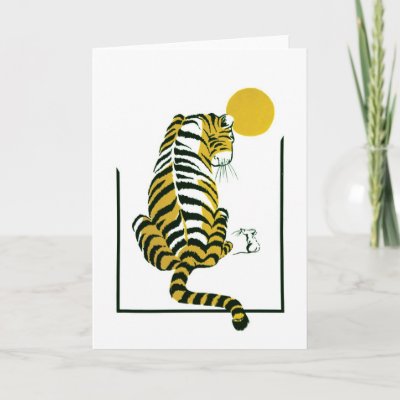1. Somewhere Between My Definition of Reality and The Rest of Existence
I promise this is the last flaky thing I'm going to do. Okay, I can't promise that, but I have been spending an inordinate amount of time doing flaky things lately- vising the ayurvedic doctor, hanging out with the "I Am Happy" Guru (never mind the tree hugging incident).
But when I saw the sign for Tibetan astrology, I followed.
At first I simply went to ask a few questions about how it worked, but after talking to the astrologer for a while, I wanted to test this age-old method of Traditional Tibetan astrology. Once a monk, Kunga Choothuk gave up his robes (with the blessing of his teacher), let his hair grow out to an acceptably rock-and-roll length, and attempted to escape Tibet. Although captured and imprisoned on his first attempt, he managed the trip in 2004, finally settling in Mcleod.
I gave him my information- birth date, time, place, Mother and Father's name, age. "Come back in a few days," he told me. Truly in-depth Tibetan astrology takes weeks or months, but these days Kunga works mainly for tourists.
So today, I sit in a lawn chair facing Kunga. Here is where I'm supposed to be sketptical. Here is where I'm supposed to tell you, to show you, that I'm smarter than those superstitious fools. That I believe in science and logic and nothing else. That I'm smarter than the showman.
But there was no show. Just two lawn chairs and a long-haired ex-monk, and a piece of paper with his notes on them.
I want to tell you that he got it wrong. I want to tell you that he spoke in general terms, saying things that could be applied to anyone. I want to reveal that I caught him scanning me, reading me for signs of what to say next.
But I can't.
So I think, for now, I'm going to stop fighting it and just tell you some of what he told me. Being skeptical is too exhausting.
I am a fire tiger (Daniel, I might add, happens to be a wood mouse). I'm capricious by nature, but when I choose to do something, it usually comes easily to me. Unfortunately, this also means that I'm prideful- even haughty- and easily get irritated and frustrated with imperfections. The mind is the center of my life, quick and retentive, open-minded and "wise" (I like that one...yep, pretty haughty). I don't trust easily, but for those close to me I have a "bigger heart." Fickle about everything, even emotion, I'm quick to flash between calm and the extreme emotions.
Suitable jobs for me include social work, leader, teacher, researcher, and lawyer (which, except for the last, is a round about way of saying the career I've already picked). There have been health problems in my life (the fruition, no doubt, of negative karma from my last life), and an inherited "ghost" which follows the family and causes a serious health problem (does the non-discriminating cardio-vascular disease on the paternal side count?). Early life (before 30) is hard, full of hard work and difficult situations, but later life will be very happy.
Beware of water.
The ages 16, 19, 23, 31, 41, and 69 will be hard years (so far, 16, 19, and 23 do stand out).
I'll live to 85 (as long as I'm careful at age 69).
In my past life, I was either a spiritual person or a leader (a monk or a king). My future life is still not decided; it depends entirely on the good I do in this life.
While this in itself may not seem extremely impressive, the reading also referred to several specific life instances (which were a bit uncanny).
Later, I dream that I am a selfish King, who condemned the families of my enemies to death. Perhaps this is because my head wasn't pointing East (my lucky direction) as I slept, and the hungry ghosts stole my good energy. Well, Kunga did warn me about those hungry ghosts. Come to think of it, he also warned me about dreams about conspiracy.
Maybe I really was a King, once, because it seems that I need my own personal astrologer to figure these things out for me.
Is any of it true? Am I a scientist or do I have more blurred edges on my definitions of reality?
You tell me, my friends.
2. Once Again, I'm of The Chosen People
Shortly after my experience dabbling in the intangible, I was approached by a Jewish man and young boy who were gathering tourists for the upcoming Passover events. Not particularly skilled in English (what an understatement), he seemed convinced from the first moment that he saw me that I was Jewish and could not be convinced otherwise. When I later told him my name (Schultz is a German Jewish name), I became eternally set in his mind as a German-American-Jewish girl who's reluctant to come to Temple. Even the phrase "Not Jewish," just elicited questions like "Temple no more?"
After being mistaken for an Israeli by the ayurvedic doctor the other day, I'm starting to wonder if there's something to this whole German-American-Jewish girl (who's reluctant to come to Temple) thing.
I reserve my seat at Passover dinner, giving him three dollars. In all honesty, I probably won't go (it feels a bit disrespectful and very dishonest), but I just didn't have the heart to try to explain to this innocent looking man and small child that another family with a good Jewish name had been Christian for several generations.
















































